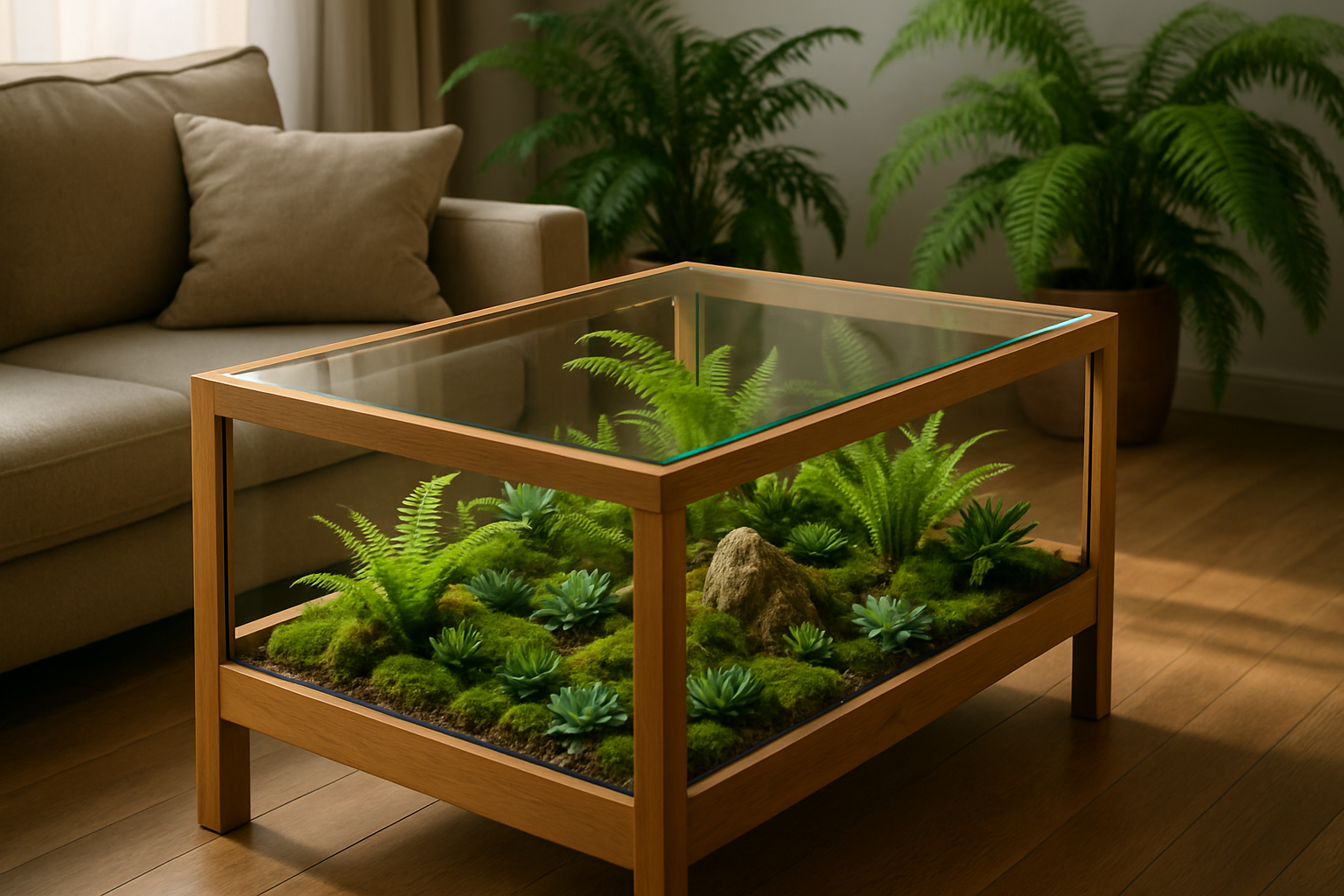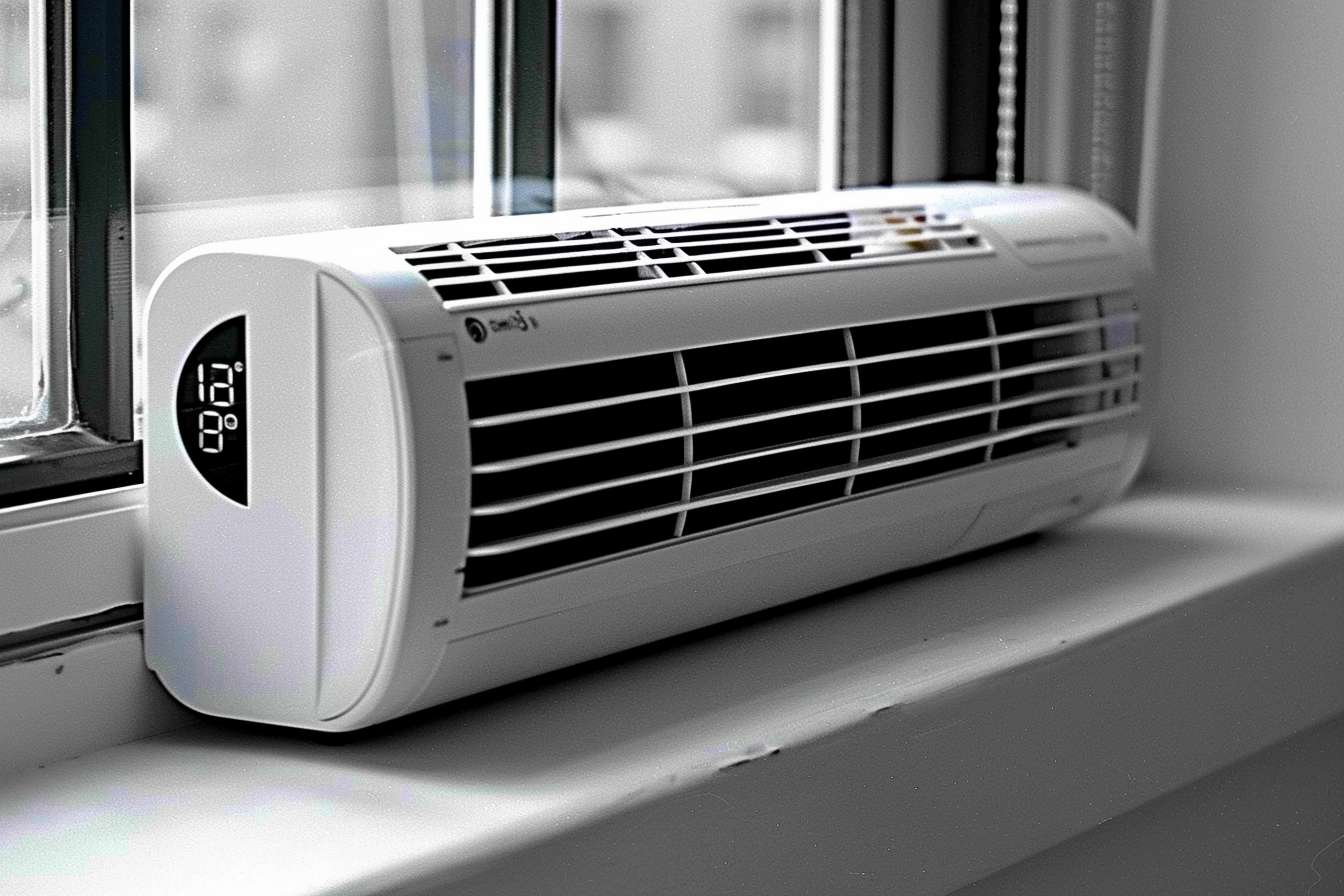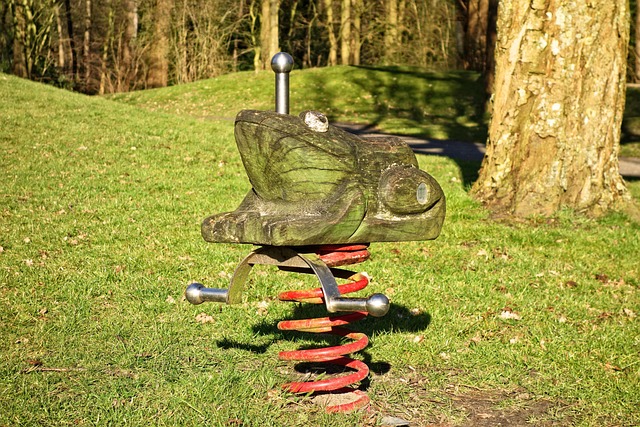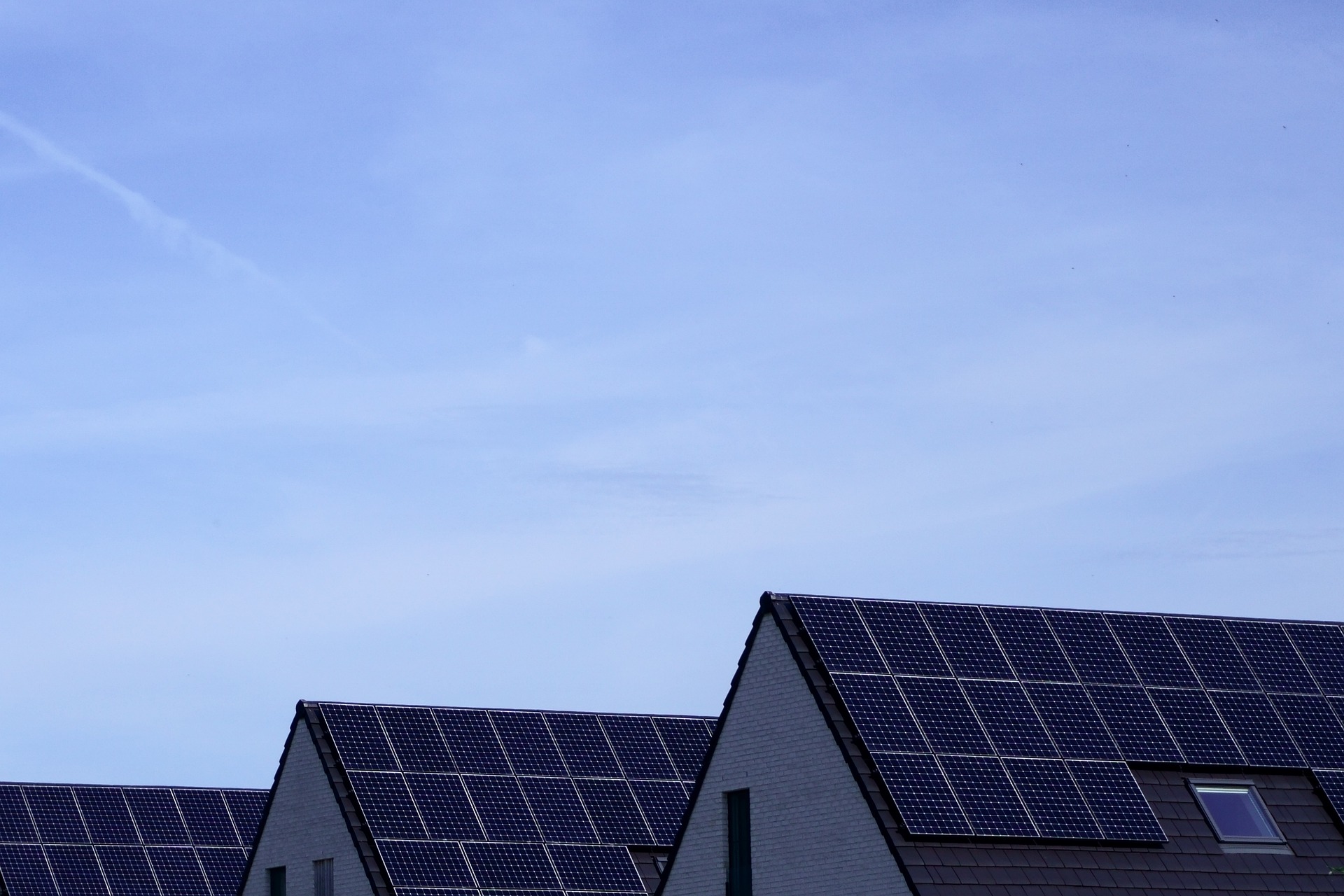Stay Ahead of the Curve: This Year's Interior Design Trends
Stay ahead of the curve with this year’s interior design trends. From bold colors and organic textures to minimalist accents and smart tech, explore fresh ways to update your space with style and personality. See which interior design trend best suits your needs.

What are the hottest color trends in interior design this year?
Color plays a crucial role in setting the mood and atmosphere of any room. This year, we’re seeing a shift towards bolder, more expressive color palettes. Deep, rich hues like emerald green, sapphire blue, and burgundy are making a strong comeback, adding depth and sophistication to interior spaces. These jewel tones are often paired with softer, muted shades to create a balanced and harmonious look.
On the other end of the spectrum, earthy and natural tones continue to gain popularity. Warm terracottas, sandy beiges, and soft sage greens are being used to create calming, nurturing environments that connect us with nature. These colors work particularly well in living rooms and bedrooms, where relaxation is key.
How are organic textures being incorporated into trendy interior designs?
Organic textures are a major trend this year, bringing warmth and tactile interest to interior spaces. Natural materials like wood, stone, and rattan are being used in furniture, flooring, and decorative elements to create a sense of connection with the outdoors. Textured fabrics such as bouclé, linen, and chunky knits are adorning sofas, chairs, and throw pillows, adding depth and visual interest to rooms.
Wall treatments are also embracing the organic texture trend. Textured wallpapers, plaster finishes, and even natural materials like cork or grass cloth are being used to create statement walls that serve as focal points in a room. These textured elements not only add visual appeal but also contribute to the overall sensory experience of a space.
What role does minimalism play in current interior design ideas?
While maximalism has had its moment, minimalism continues to be a strong influence in interior design. However, this year’s minimalist approach is less about stark, bare spaces and more about thoughtful curation and intentional design. The focus is on quality over quantity, with an emphasis on selecting fewer, but more meaningful and impactful pieces.
Clean lines, uncluttered spaces, and a neutral color palette form the foundation of this minimalist aesthetic. However, designers are incorporating carefully chosen statement pieces or pops of color to add personality and prevent spaces from feeling too austere. The goal is to create serene, functional environments that promote a sense of calm and well-being.
How is smart technology being integrated into modern interior design?
As our homes become increasingly connected, smart technology is playing a more significant role in interior design. From voice-activated lighting systems to smart thermostats and automated window treatments, technology is being seamlessly integrated into the fabric of our living spaces. The key is to incorporate these elements in a way that enhances functionality without compromising on aesthetics.
Hidden speakers, wireless charging stations built into furniture, and smart mirrors are just a few examples of how technology is being discreetly woven into interior design. The focus is on creating intuitive, user-friendly spaces that adapt to our needs and lifestyles while maintaining a cohesive and stylish look.
What are some popular sustainable interior design trends?
Sustainability is no longer just a buzzword in interior design; it’s becoming a fundamental consideration for many homeowners and designers. This year, we’re seeing a surge in eco-friendly materials, upcycled furniture, and energy-efficient design solutions. Reclaimed wood, recycled plastics, and low-VOC paints are being used to create beautiful, environmentally conscious spaces.
Biophilic design, which incorporates natural elements and connects occupants with nature, is also gaining traction. This approach goes beyond simply adding plants to a space; it involves considering natural light, ventilation, and even the use of nature-inspired patterns and forms in design elements.
How are multifunctional spaces being designed to adapt to changing needs?
The events of recent years have highlighted the importance of flexible, multifunctional spaces in our homes. Designers are now creating adaptable environments that can serve multiple purposes throughout the day. For example, living rooms might incorporate hidden workstations, while dining areas can be easily transformed into home offices.
Furniture plays a key role in this trend, with modular sofas, expandable tables, and storage ottomans becoming increasingly popular. The goal is to maximize space efficiency without sacrificing style or comfort. This approach to interior design reflects our evolving lifestyles and the need for homes that can adapt to various activities and functions.
In conclusion, this year’s interior design trends offer a diverse range of options for updating and personalizing your living spaces. Whether you’re drawn to bold colors, organic textures, minimalist aesthetics, smart technology, sustainable materials, or multifunctional design, there’s a trend that can inspire your next home makeover. By thoughtfully incorporating these elements, you can create a space that not only looks stylish but also reflects your personality and meets your unique needs.




